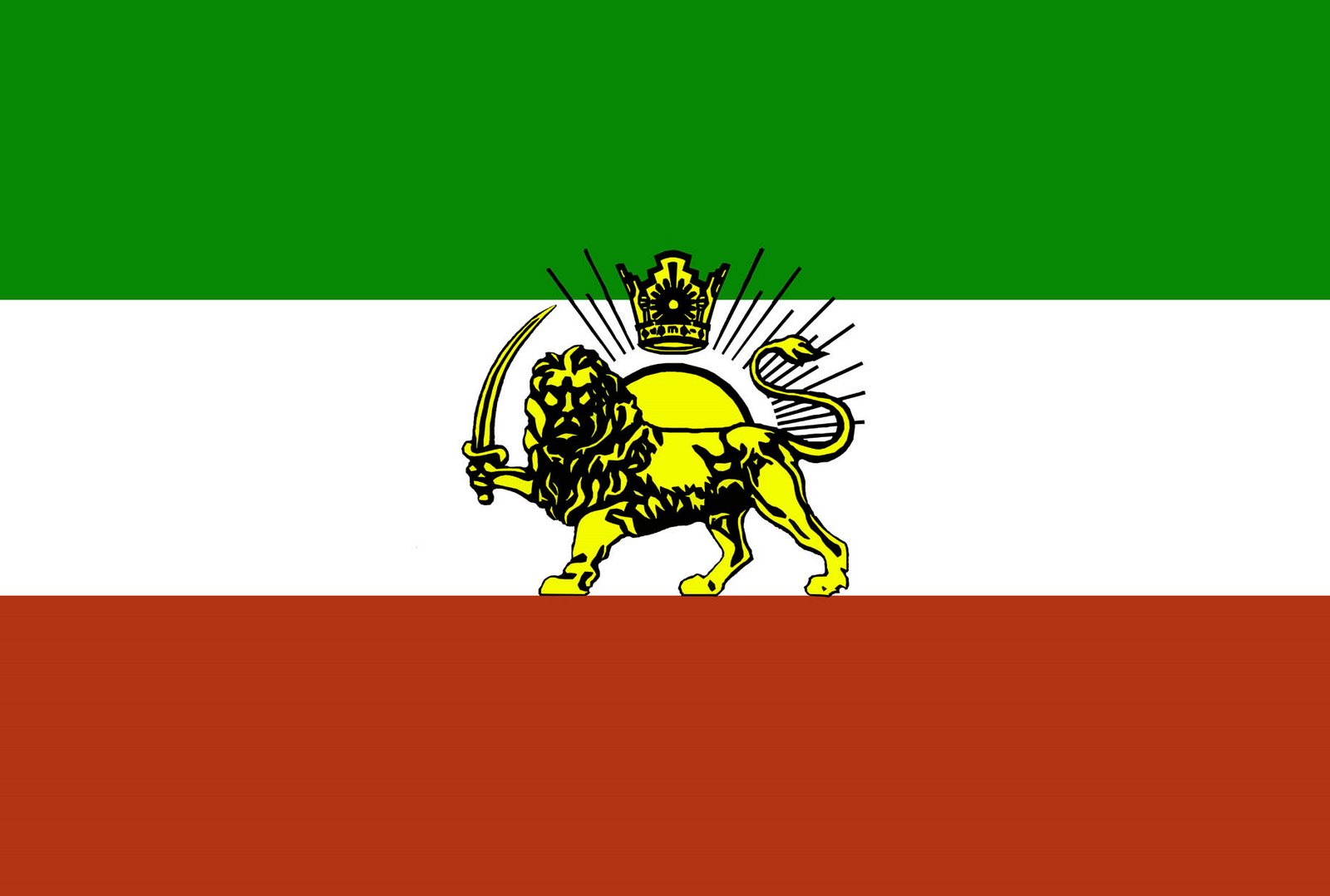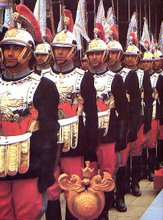September 13, 2007
Khaleej Times Online
Matein Khaled
We did not make the revolution to lower the price of watermelons”. Ayatollah Khoeimini’s observation was prescient.
The revolutionary era that began in 1979 has proved an economic catastrophe for Iran. US sanctions, colossal capital flight both under the Shah and the clerical regime, gasoline subsidies, erratic policy making, corruption, mismanagement of state companies, the economic monopolies of the bonyads (foundations) and the Revolutionary Guards, the international banking credit freeze engineered by US Treasury and the devastation from the war with Saddam’s Iraq have all contributed to Iran’s economic sclerosis.
Even though Iran earns more than $40 billion in oil revenues, Bank Markazi has $60 billion in central bank reserves and NIOC pumps more oil than any state owned oil company in the Gulf other than Saudi Aramco, the economic metrics of revolutionary Iran are pathetic. The state influences 80 per cent of the Iranian economy. Iran pumps a third less oil in 2007 than in the last year of Reza Shah Pahlavi’s reign in 1978. The jobless rate is estimated above 25 per cent. Gasoline rationing, unpaid wages low teacher salaries have triggered riots and street protests. Iran barely attracts $1 billion in FDI, one tenth the level of Turkey or Egypt, both comparable economies. The stock market has crashed since the election of President Ahmedinijad and his subsequent attack on the economic reforms and the business elite of the Khatami and Rafsanjani era. Iran’s uranium enrichment programme has only provoked US sanctions and deepened its international isolation. Even though Iran enjoyed a petrodollar windfall with $75 crude oil, no less than 150,000 Iranian university graduates emigrate each year and wealthy Iranians are desperate to find offshore nest eggs for hidden cash.
President Ahmedinijad campaigned on a platform of economic populism, fulminating against “oil mafias” and “capital speculators”, the cynical elite of past-Shah Iran, often the progeny of top Iranian officials and clerics. Yet the president’s erratic decisions have only worsened Iran’s economic malaise. Ahmedinijad ordered banks to slash interest rates during a time of high inflation without even consulting the governor of central bank or the minister of planning. The president also ordered the minimum wage to be increased by 50 per cent, thus ensuring that endemic unemployment became worse. His calls for “justice shares” for the poor in Iran’s state owned companies have been the kiss of death for the private sector’s interest in the regimes embryonic but deeply flawed privatisation programme.
Ahmedinijad has also strengthened the economic power of the Revolutionary Guards, awarding them valuable concessions, monopolies and a $2.3 billion contract to develop the South Pars natural gas oilfields. Now that the Bush White House has designed the Revolutionary Guards a terrorist organisation, vast swathes of the Iranian economy are off limits to foreign investors. International banks UBS, Deutsche, HSBC, Credit Suisse and Barclays have also ended their financial ties to Iran under American pressure. The US Treasury has also blackballed Bank Saderat and Bank Sepah from the international money markets, accusing the banks of financing arms shipments to Hezbollah and nuclear component smuggling.
Iran’s economic failure cannot be blamed on President Ahmedinijad alone. US sanctions have prevented Iran from importing American technology to develop its industrial base or oil infrastructure. While oil sales account for 80 per cent of Iranian exports, Teheran’s buyback terms and corrupt bureaucrats have inhibited production joint ventures with even Indian, Chinese and Russian oil companies.
The IMF estimates that Iran state subsidies on gasoline, food, housing, bank credit and fertiliser account for 25 per cent of GDP, a recipe for economic disaster. Government spending in Iran has gone ballistic with the rise in crude oil prices. The gasoline subsidy ensures Iran has the cheapest petrol in the world, a major factor that explains Teheran’s clogged traffic, pollution and oil smuggling syndicates. The billions of dollars Iran wastes in subsidising gasoline should have been used to build local refining capacity or upgrade ageing oilfields in a rational world but the economics of revolutionary Iran is anything but rational.
The state owned foundations (bonyads) wield extraordinary power in Iran, owning hundreds of companies whose output is 25 per cent of the national GDP. They enjoy tax subsidies and preferential access to the banking system that enable them to simply “crowd out” the private sector. Privatisation in Iran has proved an illusion, a mere reshuffle of state assets among companies owned by rival fractions in the theocratic elites of Qom and Teheran. It is ironic that though the merchants of the Teheran bazaars were the financiers of Ayatollah Khomeini in the last decade of the Shah’s regime and the pistachio magnate Ali Akber Hashemi Rafsanjani became the president of Iran and is still the regime’s eminence grise and power broker, no pro-business political party exists in Iran’s political constellation. The arbitrary intervention and quixotic decision making of President Ahmedinijad has dealt a serious blow to investor confidence. Iran’s economic failure is all the more poignant given the financial success and wealth creation in the GCC. The economic malaise of revolutionary Iran has hit its young hardest, 800,000 of who graduate from university each year in an anemic job market. This is a political time bomb for the regime in the years ahead.
Matein Khalid is a Dubai-based investment banker and economic analyst.
























3 comments:
poverty is killing the Iranian people
Voice of America and Fiasco at Persian Service.
As a native born Iranian, I would like to suggest that there is no need to attack Iran militarily if the Bush administration pays attention to those who know the situation and use the awesome power of publicity instead of military.
Millions of dollars are spent in Persian Service of Voice of America but the end result is nothing but scandalous way of management and programming.
It is hard to believe but the Persian Service which supposed to be an organization to convey the policy of the U.S. has become a free platform for hard-line terrorist group of communists who attack the United Sates!
I have the documents in writings to prove that these were done with the knowledge of the management.
I used to work there and as I said before, I have all the documents in writings.
The manager is a woman called Sheila Gandji who can not read and write Persian. Therefore, in order to hide this shortcoming from the higher management, she has hired an eighty something man called Kambiz Mahmoudi who has a lengthy background as crook and charlatanism.
Don’t think that this is a personal vendetta.
Let me quote you a view from another media:
"The Iran Steering group concluded that much of the anti-American perspective that is broadcast is the result of decisions made by station managers in Washington D.C. and Prague. Sheila Gandji, the manager of Persian service has faced sharp criticism, particularly for her decision to stop VOA shortwave radio program in July, 2006 in order to focus on television broadcasts, which are more susceptible to censorship, since the government regularly confiscates satellites dishes in order to prevent the infiltration of foreign broadcasts."
The bizarre situation at the Persian Service of Voice of America caused the Republican Senator Coburn to write a long letter to President Bush about the fiasco there.
It is only in America where the government pays to be insulted.
Do you want more information? Write me: ijadi14@yahoo.com
There is no need for war. The money could be spent in other ways to actually help out people in need...
Post a Comment